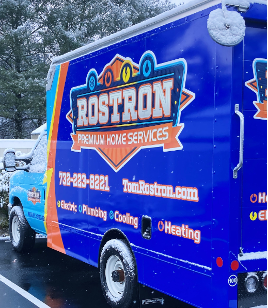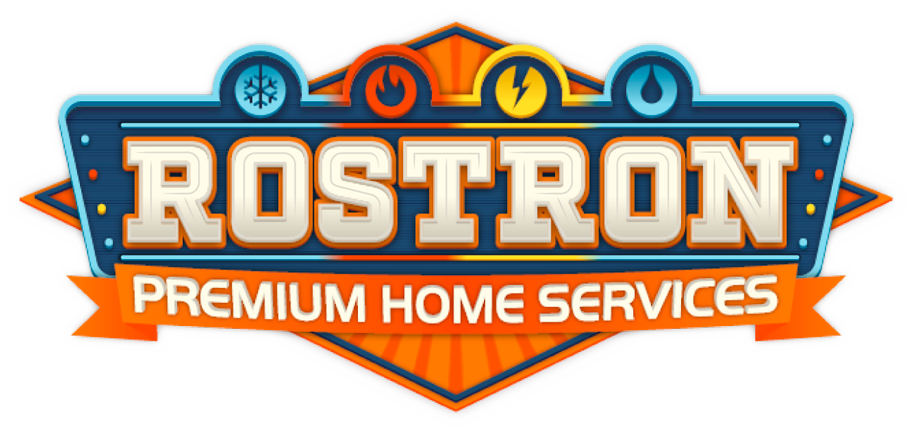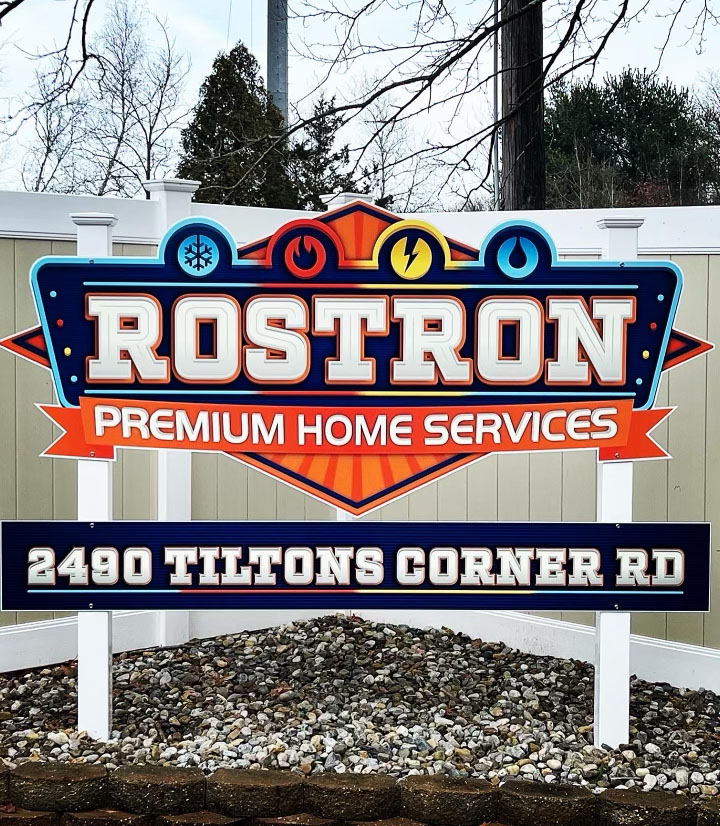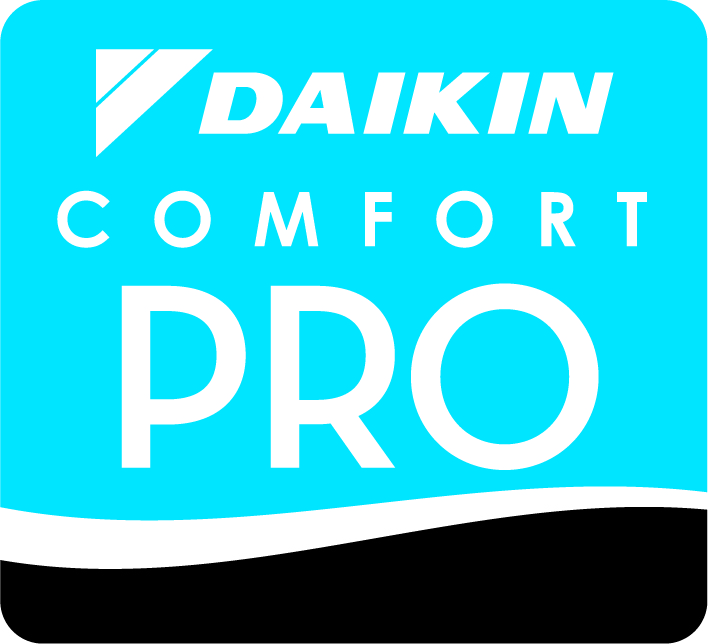This year, the HVAC industry will embrace a significant shift. The American Innovation and Manufacturing (AIM) Act is setting new standards. Its goal? To cut down harmful hydrofluorocarbons (HFCs) significantly. Why should you, a homeowner, care? Because these regulations will directly impact your HVAC system.
They require a switch from the high Global Warming Potential (GWP) R-410A refrigerant to eco-friendly options. Here’s what you need to know…
A Refrigerant Change with Downstream Effects
The HVAC landscape is set to change dramatically in 2025, thanks to the AIM Act. This act is driving a shift from the commonly used R-410A refrigerant to options that are kinder to our planet. It’s all about reducing the Global Warming Potential (GWP) of the gases we use in our air conditioning systems.
What does this mean for you, the homeowner? First, please understand that R-410A has been the standard in our AC units because of its efficiency. However, it’s also a contributor to global warming. The new rules, set by the Environmental Protection Agency (EPA), demand a switch to alternatives with a GWP of 750 or less.
While eco-friendly, these new refrigerants behave differently than old ones. They’re known as A2L refrigerants, marked by their lower GWP. For Jersey Shore homeowners, this means that newly installed HVAC systems must work with the new refrigerant…
What Are Refrigerants?
Refrigerants make air conditioning and refrigeration possible. They absorb heat from the inside and release it outside, keeping our homes cool and comfortable. But there’s a catch—not all refrigerants are created equal. Their impact on the planet and the eq,uindy need to function can vary.
That is why we have Global Warming Potential (GWP). GWP measures how much heat a gas traps in the atmosphere compared to carbon dioxide. The lower the GWP, the better for our planet. That’s why there’s a big push to move away from high-GWP hydrofluorocarbons (HFCs), potent greenhouse gases.
What the AIM Act means for Jersey Shore Residents:
It’s time to brace for change. The shift to new refrigerant types means navigating several downstream impacts. Unfortunately, adapting existing HVAC systems to new standards is more complicated than you would think.
First, let’s talk money. The transition to eco-friendly refrigerants will increase the prices of new equipment and services. Why? The primary reason is that the new refrigerant isn’t compatible with most existing HVAC systems. If your system needs updating after these refrigerant regulations take effect, it will likely require new piping, significantly driving up costs, especially if those lines run inside walls. Plus, new technology costs more. New safety standards and installation practices mean more labor.
There’s more… The supply chain for HVAC systems and components could feel the strain. Demand will likely outpace supply as everyone rushes to comply with new regulations, leading to potential delays and shortages. This could mean longer waits for repairs or replacements and possibly higher prices due to increased demand and limited availability. Rostron Premium Home Services can buy in bulk, our b;ying power is strong compared to many other Jersey Shore HVAC companies. We’ll have equipment in stock ready to go, you s;ould see our facility already… We currently have 50 systems in stock ready to be installed… WE’RE FULLY LOADED!
Additionally, the cost of the old refrigerant is expected to increase. This rise reflects the phase-out and reduced production, making existing systems more expensive. It’s important to note, you still that you still can install an outdated refrigerant system if companies have them in stock. However, manufacturers have stopped marketing and making those units. What’s left is left.
These changes will be significant in the long run, but understanding them is the first step toward preparation. As homeowners, being informed helps you make better decisions for your home and wallet while navigating these new environmental regulations.
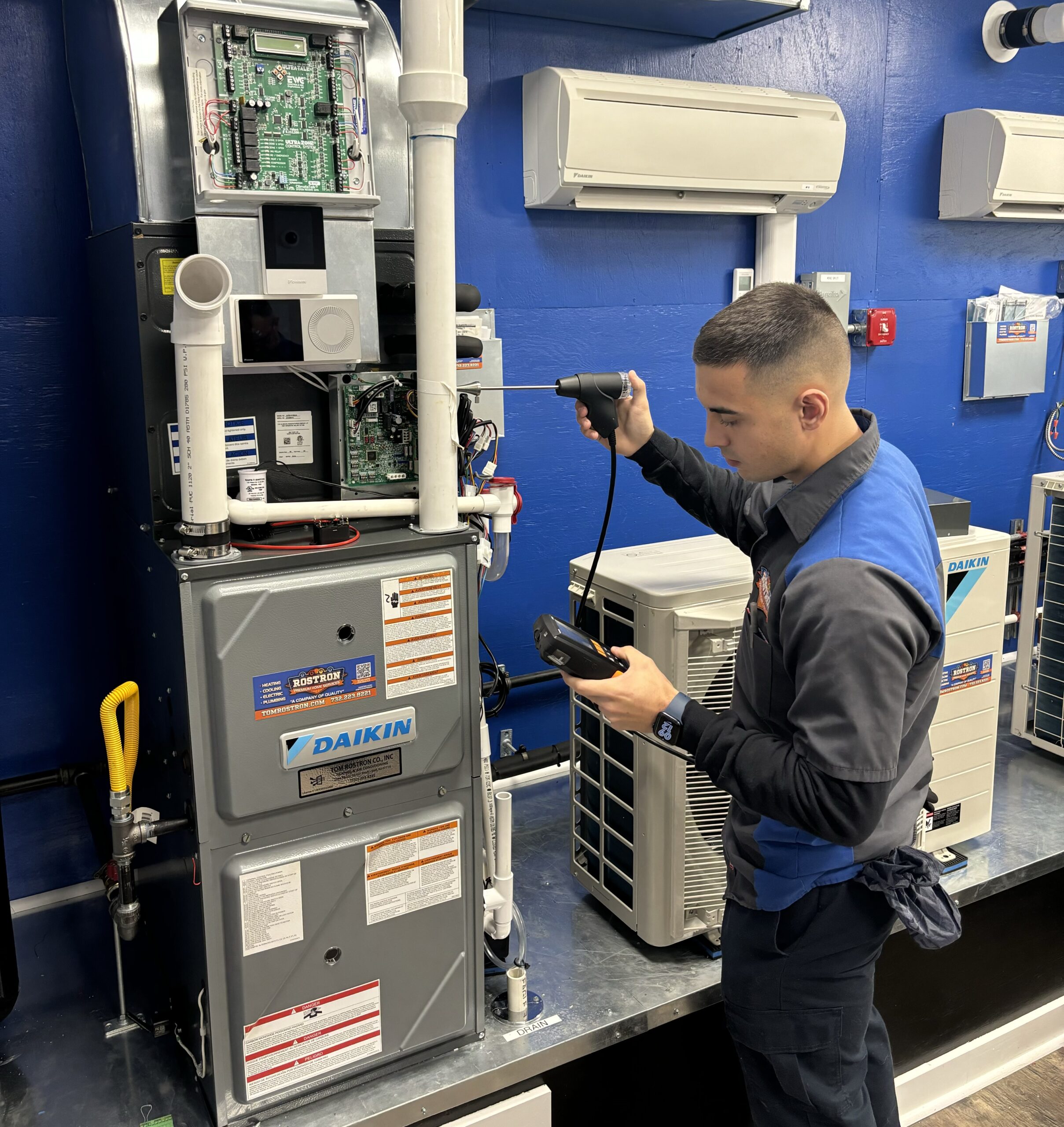
Homeowner Strategies for New HVAC Standards:
Facing these new HVAC standards, you can take strategic steps to mitigate impact and costs. If your system is nearing the end of its life, consider upgrading before prices go up! Investing in a new system compatible with current refrigerants could save you from a more costly transition later. Early upgrades mean avoiding the rush and expense as the 2025 summer approaches.
Securing a service agreement is another smart move. Regular maintenance can extend the life of your current HVAC system, delaying the need for a complete upgrade until things settle down. Service agreements with Rostron Premium Home Services ensure your system runs efficiently and issues are caught early. This helps avoid the steep costs associated with emergency replacements under new standards.
Upgrade Your HVAC System Wisely
The transition from R-410A to R-32 & R-454B refrigerants marks a significant turning point for homeowners and the HVAC industry. As homeowners, understanding and adapting to these new standards will lead to better energy efficiency, reduced environmental impact, and long-term cost savings.
Don’t navigate these changes alone. For more detailed information and personalized advice, contact our premium technicians. Rostron Premium Home Services is here to help you seamlessly transition to the new HVAC standards. Act now to ensure your home is prepared, comfortable, and compliant. See you in 2025!
